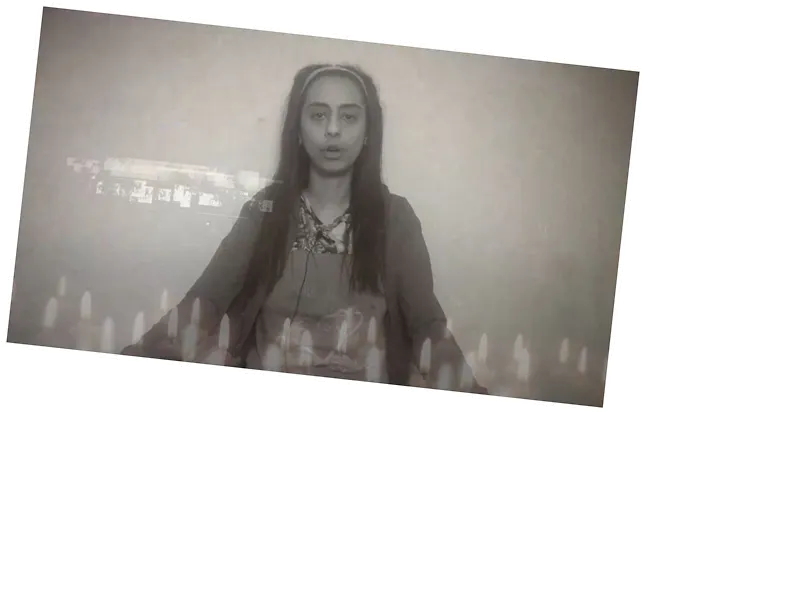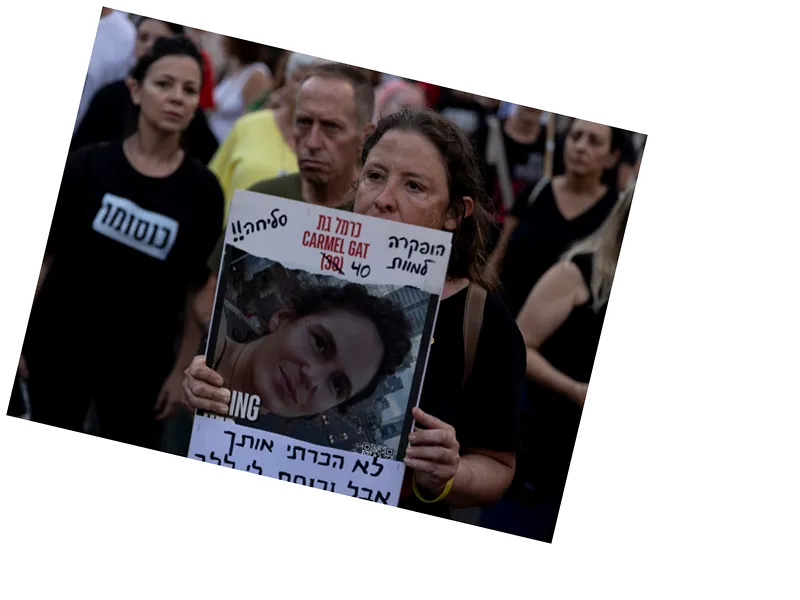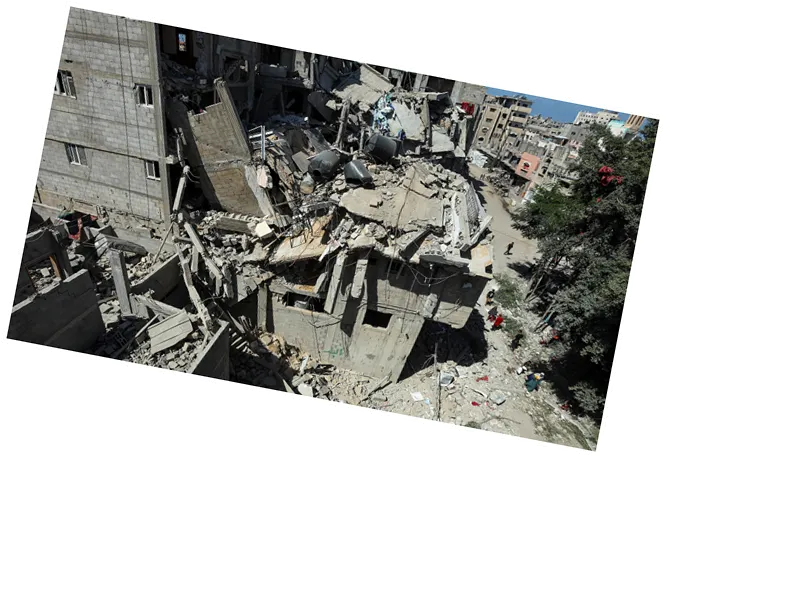Hamas Releases Video of Israeli Prisoners' Bodies, Heightening Tensions
In a provocative move, the Izz ad-Din al-Qassam Brigades, the military wing of Hamas, has released a video showcasing the last messages of six Israeli prisoners whose bodies were recently recovered from a tunnel in the Gaza Strip. The video, titled "In a few hours, we will show you their last messages," has sparked significant discussion on social media, with many interpreting the timing and content as a strategic psychological warfare against the Israeli government.
This release comes just as Israel is grappling with a general strike in solidarity with the families of prisoners held in Gaza, intensifying the emotional turmoil for those affected. Activists and social media users have suggested that the Qassam Brigades intended to increase pressure on Israeli Prime Minister Benjamin Netanyahu regarding negotiations for prisoners, highlighting the ongoing conflict's human cost.
The Political Ramifications of the Video Release
The timing of the video has been perceived as a calculated move by Hamas to amplify unrest within Israel, particularly as it coincides with a significant national strike. Many commentators have pointed out that this strategy not only aims to exert psychological pressure on the Israeli government but also serves as a reminder to families of the deceased prisoners about the ongoing struggle in Gaza.
Hamas has claimed that the six prisoners were killed due to the ongoing Israeli bombardments, while the Israeli military asserts that the bodies were found during a ground operation in Rafah. This stark difference in narratives reflects the deep-seated tensions and the complexities surrounding the Israeli-Palestinian conflict, where media portrayal plays a crucial role in shaping public perception and political discourse.
- The release of the video has ignited discussions about the broader implications for Israeli society, particularly in how it may influence public sentiment towards the government and its handling of the ongoing conflict. Activists believe that such media strategies by Hamas are designed to keep the issue of the prisoners at the forefront of public consciousness, potentially leading to increased demonstrations and calls for action against the government. Furthermore, the psychological impact on the families of the deceased prisoners cannot be understated. Many social media users have expressed concern that the release of the video is not just a political maneuver but a deliberate act to inflict additional pain on grieving families, thereby reminding them of the harsh realities of occupation and loss. As the situation continues to evolve, the interplay of media, politics, and public sentiment will remain critical in understanding the dynamics of the Israeli-Palestinian conflict.






